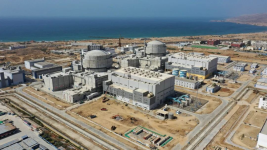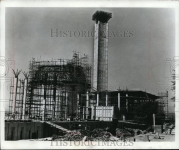There were attempts in the past to produce some of the components in Pakistan for nuclear industry. I remember that some of the components were produced, specially some of the stainless steel piping and yellow cake specialized storage containers for D.G. Khan uranium project.
Many organizations were shortlisted and their facilities were inspected, when, I believe, a Spanish company was shortlisted for Khushab power plant back in early 80's.
But then it died down. GoP is just not investing in Engineering Industry in Pakistan, today. When they did, it produced results, PACO and VDT, Vendor Development and Training initiative did produce automotive down stream industry which is currently supplying the expanded automotive industry today. But then the critical leap to high tech components was avoided and never materialled. Baluchistan Glass, Baluchistan Wheels, Agriautos, AuVitronics, Thal Engineering etc. are companies producing quality parts for the House Habib from Wheel rims to electrical harnesses to shock absorbers. But the Carb, engine block, crankshaft, and other engine components remain an elusive area unless we progress in steel making and metallurgy. Here GoP has to step in and work on this with the private sector Even countries like US have come in to protect the sole crankshaft manufacturer in US (There were three previously) and regularly subsidizes that entity to ensure this strategic industry stays afloat in the face of stiff competition from imports.
GoP has to look at the long term and stop skimming money of import related orders for the government sector and invest in producing here. The country will end up making more money off of taxes, creation of jobs and income tax etc.










